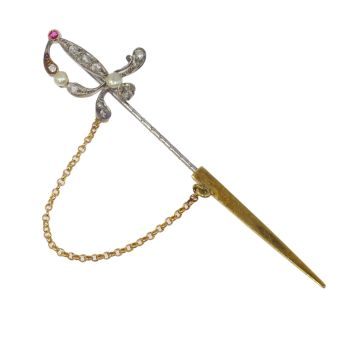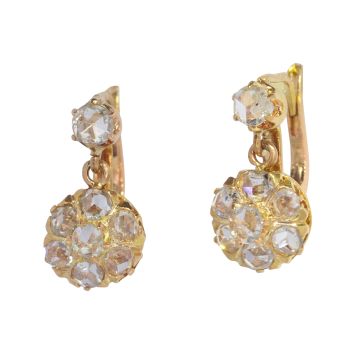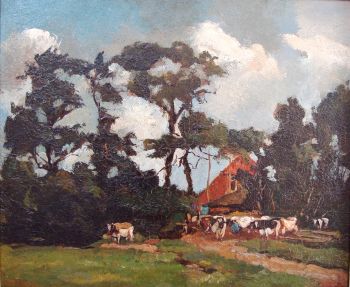Painting in the Victorian Age
The Victorian era, spanning from 1837 to 1901, was a time of great social, economic, and cultural change in Britain. The period was named after Queen Victoria, who ruled during this time, and was marked by a growing middle class, industrialization, and the rise of the British Empire. Art in the Victorian era reflected these changes, and underwent a significant transformation.
One of the most significant developments in Victorian art was the emergence of the Pre-Raphaelite movement. The Pre-Raphaelites were a group of English artists who rejected the academic conventions of their time and sought to create a more naturalistic style of painting. They drew inspiration from medieval and early Renaissance art, and focused on subjects from literature, mythology, and religion. The Pre-Raphaelites were known for their meticulous attention to detail, vibrant colors, and use of symbolism and allegory.
Another important development in Victorian art was the rise of the Aesthetic movement. The Aesthetes rejected the moralizing tone of Victorian art and sought to create art for art's sake. They valued beauty, form, and color above all else, and created works that were often ornamental and decorative. The Aesthetic movement had a significant impact on the decorative arts, influencing everything from furniture design to clothing.
The Victorian era also saw the emergence of photography as an art form. The development of photographic technology made it possible to create highly detailed and realistic images, which had a profound impact on painting. Many Victorian artists turned to photography as a tool for their own work, using it to capture scenes and images that they could then use as references for their paintings.
In addition to these developments, Victorian art was also shaped by the social and political changes of the time. The Industrial Revolution brought new materials and technologies, which were incorporated into art and design. The British Empire brought new influences and styles from other cultures, which were reflected in Victorian art. The growth of the middle class brought new patrons to the arts, who demanded works that reflected their own tastes and values.
In conclusion, the Victorian era was a time of great change and transformation in British society and culture. Art in the Victorian era reflected these changes, undergoing a significant transformation with the emergence of new movements such as the Pre-Raphaelites and the Aesthetic movement. The development of photography also had a profound impact on Victorian art. Together, these developments created a rich and diverse body of art that reflects the spirit of the Victorian age.
























































